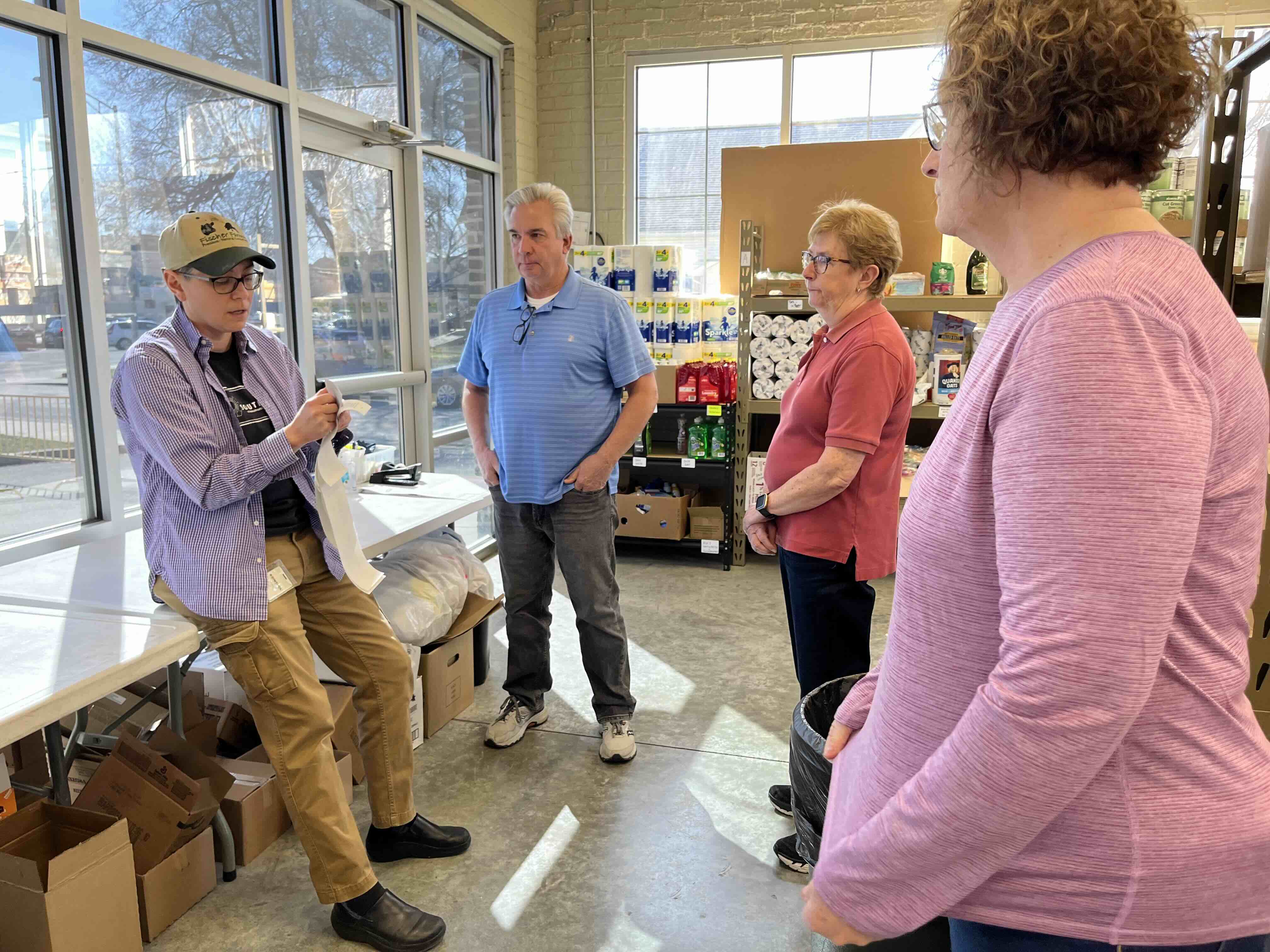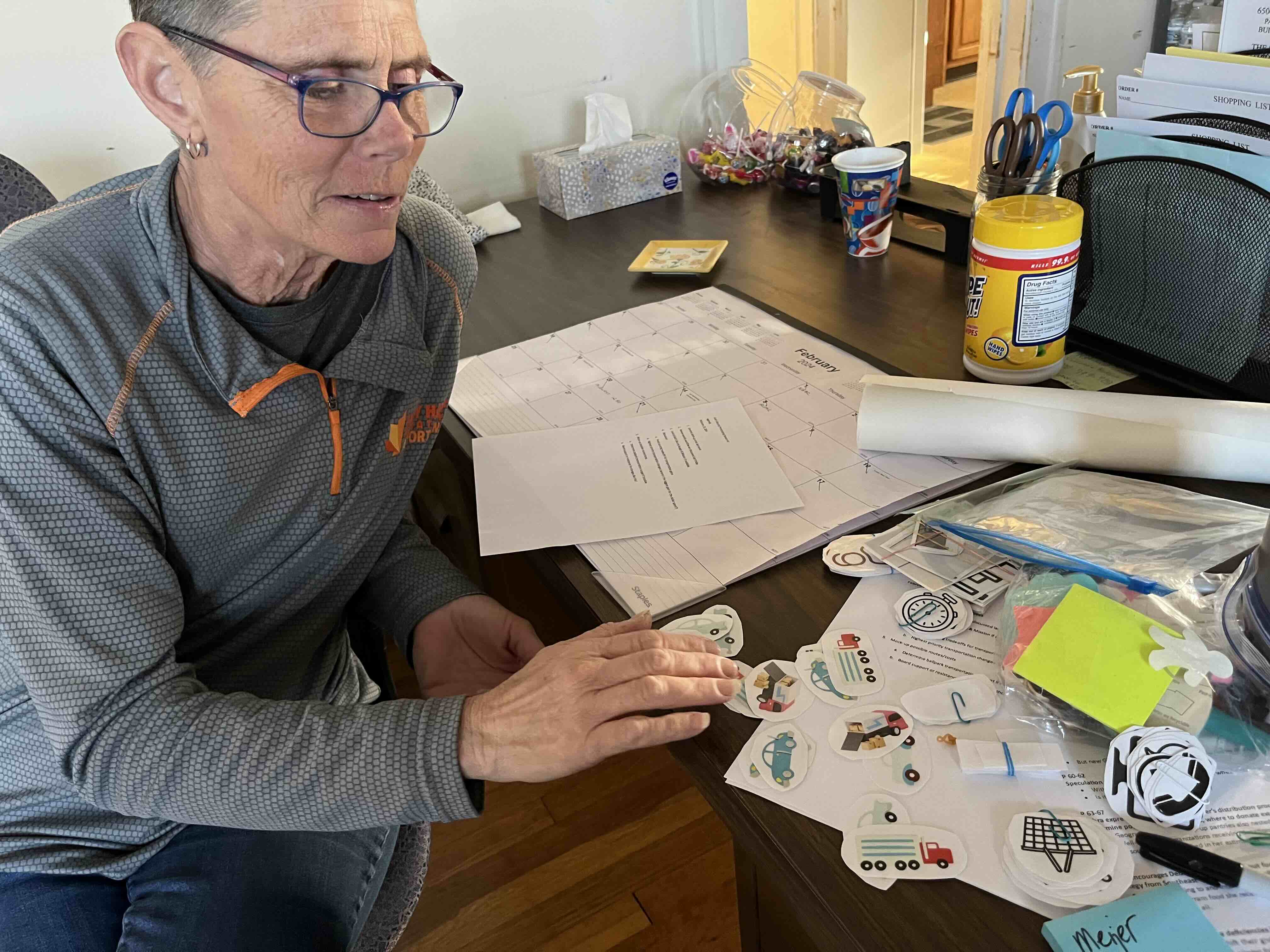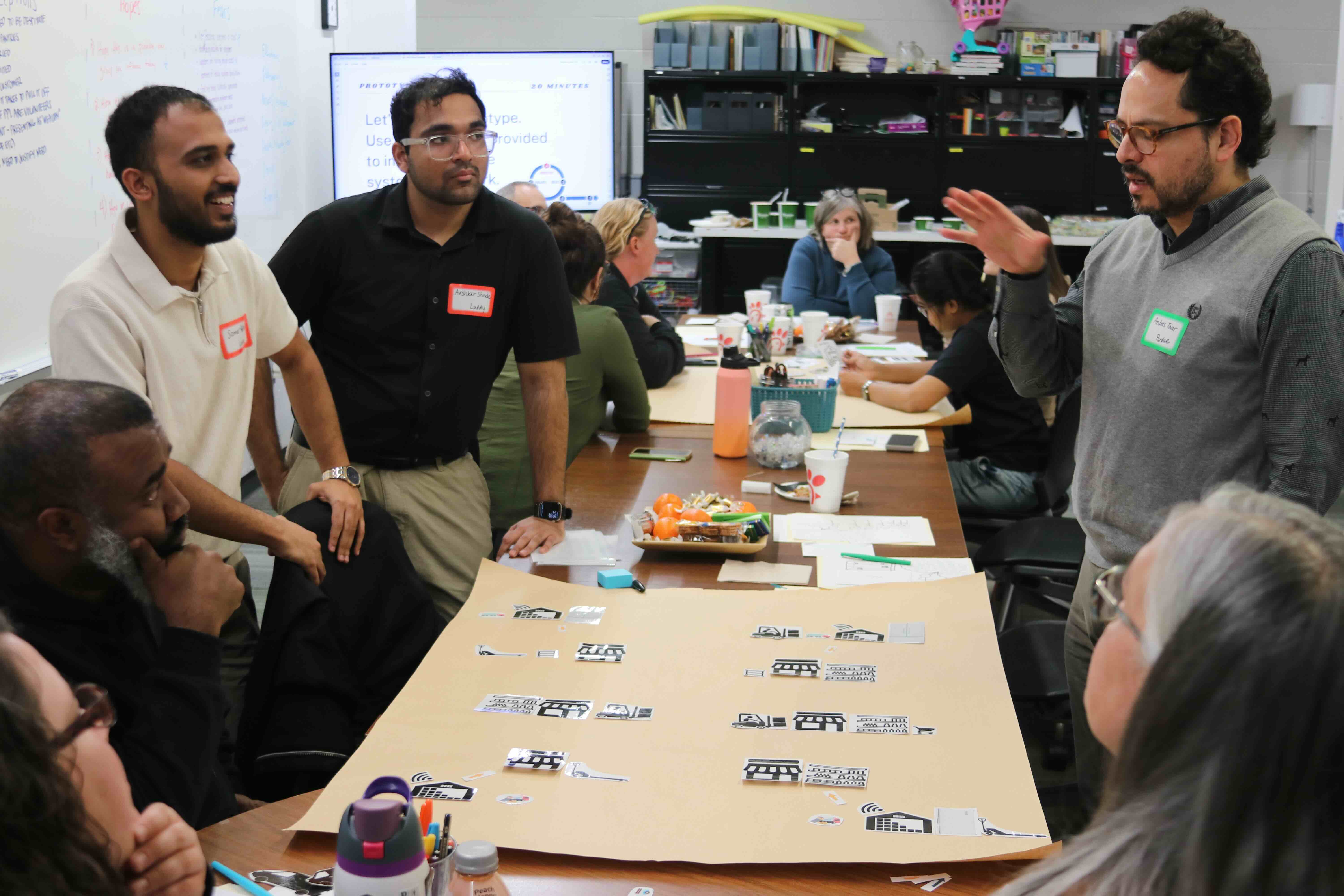
Southeast's goal was to improve their distribution and feed more people through their twice per week pantry operation. We worked with them for several months to identify opportunities for process improvement and then to prototype and test solutions for change. Ultimately, we discovered that the changes we identified at Southeast could easily increase the pantry's capacity by 50% each week. But a key barrier to achieving that goal was accessing transportation to be able to source more food for the pantry from free and lowest-cost sources.

God's Bounty faced more and more neighbors in need; its community of Wanamaker was growing rapidly and diversifying ethnically as well. We spent a few months working with their volunteers to understand the logistics challenges they had sourcing food–they have no staff or vehicles, and none of their food is delivered. During our time with the wonderful volunteers at God's Bounty, we identified opportunities to share a van with a community partner and to redirect some of the pantry's resources from food purchases to paying for logistics services to help them source more food from free and low-cost sources.

As logistics needs became more apparent in the food pantry ecosystem, we approached the problem by bringing stakeholders together, using design facilitation and co-design approaches to examine potential solutions. This document provides a case study of the use of these approaches in the context.